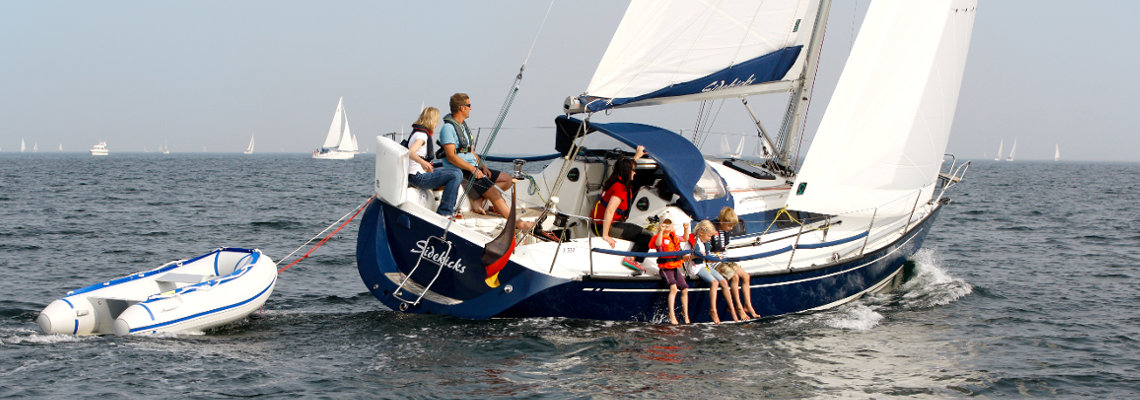RS, RSY-150TS-1,150N SOLAS TWIN, INFLATABLE LIFEJACKET/LIVEVEST, MANUAL/AUTO
- SOLAS approval with RINA certificate
- Double chamber
- Buoyancy:150N buoyancy
- Less than 5s inflation time
- More than 24h floating duration
- Buoyancy loss less than 5% after 24 hours
- 2 X 33g CO2 cylinder
- One automatic inflation device and one manual inflation device
- Oral tube
- Whistle
- SOLAS reflective tape
solas approved inflatable life jacket
What is the Solas
requirement inflatable life jacket?
Double
chamber life jacket - A SOLAS inflatable life jacket is required to have two independent chambers activated by two automatic
firing heads. The Double chamber,
twin-chamber or dual-chamber system offers redundancy. Both firing heads will
activate filling the life jackets with gas
Inflatable life vest
Specifications:
- Double Chamber
- Inflation Method: Automatic/Manual
- Gas Cylinder: 33g * 2
- Buoyancy: 150N
- Weight Less Than: 1.2kg
- Freeboard: More Than 100mm
- Inflation Time: Less Than 5 Seconds
- Float Duration: More Than 24 Hours
- Buoyancy Loss After 24 Hours: Less Than 5%
- Ambient Temperature: -30oC ~ +65oC
Certifications:
IMPA 330140 INFLATABLE LIFE JACKET, WITH LIGHT AND WHISTLE ATTACHED,
ADULT, UK DOT APPROVED
WSH Alert Accident Notification, 26 February 2021: Worker fell off pilot ladder into sea
|
The industry is reminded to conduct a comprehensive Risk Assessment for all work activities related to vessel embarkation and disembarkation. Precautions must be taken to prevent workers from falling into water. Where possible, always select a safer method (e.g. use of vessel gangways) for embarkation or disembarkation. If pilot ladders must be used, ensure workers are physically fit for the task and sufficiently confident before allowing them to proceed. Safe Work Procedures must be established to guide workers on the safe use of pilot ladders. Employers of workers exposed to the risk of falling into water must provide suitable life vest to keep the workers afloat in the event they fall into the water. Workers should be trained on the importance and correct manner of donning the life vest. Instruct workers not to attempt embarking or disembarking a vessel when conditions are not favourable (e.g. heavy rain, strong winds and/or choppy waters). If conditions are good, then embarking/disembarking may proceed only when the passenger launch is in position.
MARITIME AND PORT AUTHORITY OF SINGAPORE PORT MARINE CIRCULAR NO. 034 OF 2020 "In order to prepare for safe transfers, persons are strongly recommended to wear appropriate Personal Protective Equipment (PPE), including a working SOLAS type approved life-jacket or a life-jacket meeting International ISO 12402 - performance level 100, or higher." •Life jackets: For safe boarding of vessels, the Maritime and Port Authority of Singapore recommends the use of SOLAS type-approved life jacket or a life jacket meeting ISO 12402 Personal Flotation Devices with performance level 100 or higher. Always check that life jackets are in good condition before use. ISO 12402: INTERNATIONAL STANDARD FOR PERSONAL FLOTATION DEVICES (LIFEJACKETS AND BUOYANCY AIDS) The ISO 12402 series for personal flotation devices (lifejackets and buoyancy aids) was prepared by the European Committee for Standardization (CEN) Technical Committee CEN/TC 162, Protective clothing including hand and arm protection and lifejackets, in collaboration with Technical Committee ISO/TC 188, Small craft, in accordance with the Agreement on technical cooperation between ISO and CEN (Vienna Agreement).
ISO 12402 consists of the following parts, under the general title Personal Flotation Devices (PFDs): - Part 2: Lifejackets, performance level 275 — Safety requirements
- Part 3: Lifejackets, performance level 150 — Safety requirements
- Part 4: Lifejackets, performance level 100 — Safety requirements
- Part 5: Buoyancy aids (level 50) — Safety requirements
- Part 6: Special purpose lifejackets and buoyancy aids — Safety requirements and additional test methods
- Part 7: Materials and components — Safety requirements and test methods
- Part 8: Accessories — Safety requirements and test methods
- Part 9: Test methods
The International Organization for Standardization (ISO) is a worldwide federation of national standards bodies (ISO member bodies). The work of preparing International Standards is normally carried out through ISO technical committees. Each member body interested in a subject for which a technical committee has been established has the right to be represented on that committee. International organizations, governmental and non-governmental, in liaison with ISO, also take part in the work. ISO collaborates closely with the International Electrotechnical Commission (IEC) on all matters of electrotechnical standardization. International Standards are drafted in accordance with the rules given in the ISO/IEC Directives, Part 2. LSA-Code International Life-saving appliance Code (MSC.48(66))2.2.2 Inflatable lifejackets
A lifejacket which depends on inflation for buoyancy shall have not less than two separate compartments and comply with the requirements of paragraph 2.2.1 and shall: - inflate automatically on immersion, be provided with a device to permit inflation by a single manual motion and be capable of being inflated by mouth;
- in the event of loss of buoyancy in any one compartment be capable of complying with the requirements of paragraphs 2.2.1.2, 2.2.1.3 and 2.2.1.4; and
- comply with the requirements of paragraph 2.2.1.7 after inflation by means of the automatic mechanism.
MPA guidelines for safe transfer of persons between vessels at anchorages recommends the use of a working SOLAS type life jacket or a lifejacket meeting ISO 12402 Personal Floatation Devices performance level 100 or higher.Life Preserver (inflatable Life Jacket)
|










